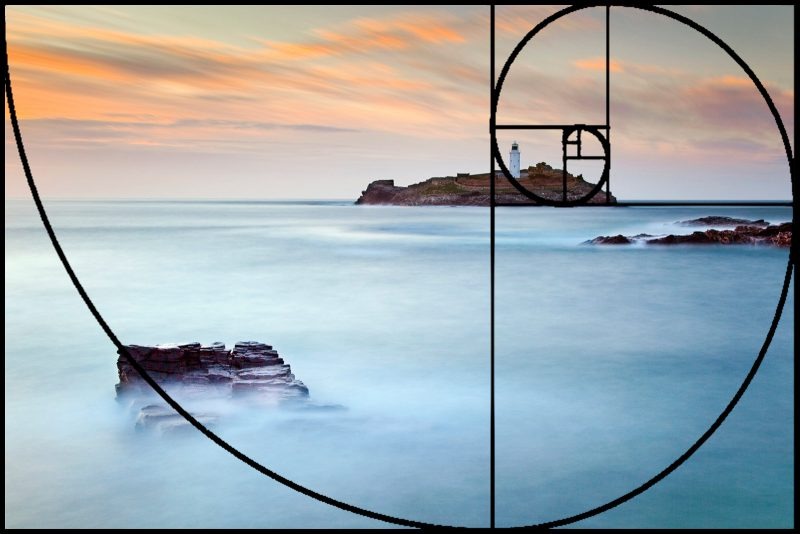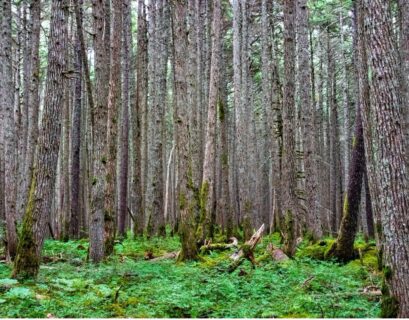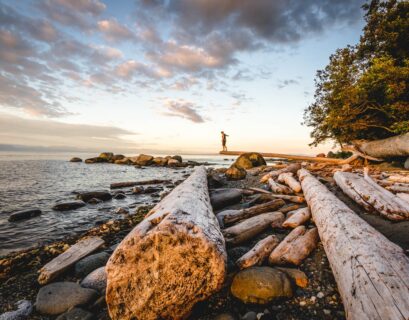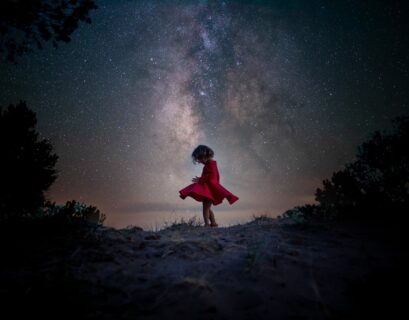As an outdoor photographer, you’re likely no stranger to the thrill of capturing the beauty of nature. But have you ever stopped to think about how you can incorporate one of the most essential elements of the natural world – water – into your compositions? Water can add depth, texture, and visual interest to your shots, making it a valuable tool in your photography toolkit. In this article, we’ll explore some effective ways to incorporate water into your outdoor photography compositions.
1. Reflections and Ripples
One of the most striking ways to incorporate water into your compositions is by using reflections and ripples. Reflections can add a sense of symmetry and depth to your shots, while ripples can create a sense of movement and energy. Look for opportunities to capture reflections in calm waters, such as lakes, rivers, or ponds, and experiment with different angles and compositions to create interesting reflections.
For example, try capturing a reflection of a tree or a rock formation in the water, or use the reflection of a cloud or a bird to add interest to your shot. Ripples can be created by throwing a stone into the water or by using a slow shutter speed to capture the movement of the water. Experiment with different shutter speeds and angles to create unique and dynamic effects.
2. Water as a Leading Line
Water can also be used as a leading line to guide the viewer’s eye through your composition. Look for opportunities to capture water flowing over rocks, around bends, or over falls, and use the flow of the water to lead the viewer’s eye to the subject of your shot. This can be particularly effective when capturing wildlife, such as birds or fish, as the flow of the water can create a sense of movement and energy.
For example, try capturing a shot of a bird perched on a rock in the middle of a stream, with the flow of the water leading the viewer’s eye to the bird. Alternatively, capture a shot of a fish swimming in a river, with the flow of the water creating a sense of movement and energy.
3. Water as a Texture
Water can also be used to add texture to your compositions. Look for opportunities to capture the texture of the water itself, such as the ripples on the surface of a lake or the foam on the surface of a wave. You can also experiment with capturing the texture of water flowing over rocks or around bends, creating interesting patterns and shapes.
For example, try capturing a shot of a waterfall, with the flow of the water creating a sense of movement and energy. Alternatively, capture a shot of a lake or river, with the ripples on the surface of the water creating a sense of calm and serenity.
4. Water as a Frame
Water can also be used as a frame to add depth and context to your compositions. Look for opportunities to capture shots of objects or subjects surrounded by water, such as a tree surrounded by a lake or a rock formation surrounded by a river. This can create a sense of isolation and intimacy, and add depth and context to your shot.
For example, try capturing a shot of a tree surrounded by a lake, with the water creating a sense of isolation and intimacy. Alternatively, capture a shot of a rock formation surrounded by a river, with the flow of the water creating a sense of movement and energy.
5. Water as a Mood Setter
Finally, water can be used to set the mood and atmosphere of your compositions. Look for opportunities to capture shots of water in different lighting conditions, such as early morning or late evening, when the light is soft and golden. This can create a sense of calm and serenity, and add a sense of drama and atmosphere to your shot.
For example, try capturing a shot of a lake or river at sunrise or sunset, with the soft light creating a sense of calm and serenity. Alternatively, capture a shot of a waterfall or rapids at night, with the darkness and sound of the water creating a sense of drama and energy.
Conclusion
Incorporating water into your outdoor photography compositions can add depth, texture, and visual interest to your shots. By using reflections and ripples, water as a leading line, water as a texture, water as a frame, and water as a mood setter, you can create unique and dynamic compositions that capture the beauty of the natural world. Remember to experiment with different angles, shutter speeds, and lighting conditions to create a range of effects and moods. With practice and patience, you can master the art of incorporating water into your outdoor photography compositions and create stunning and memorable shots.










